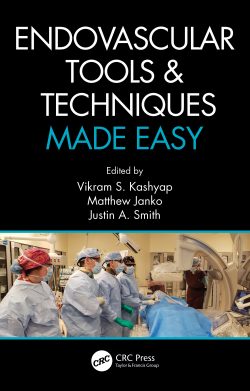Providing a comprehensive presentation of the diagnosis, evaluation and management of nonunions, this generously illustrated text details the current principles, surgical techniques and approaches with these challenging clinical situations. Since each nonunion can be fairly particular, the treatment regimens provide guidelines to effectively approach such problems. Opening with a discussion of the principles of nonunions and fracture healing, the remainder of the book is divided by anatomical area and provides evidence-based recommendations, case examples, and preferred treatment/algorithms for both the upper and lower extremities, including the clavicle, the proximal humerus, proximal femur, and tibial plateau, as well as the pelvis and acetabulum. Specialized circumstances are also discussed, including periprosthetics and joint replacement.
Although not every single treatment option is described for every single anatomical area and type of injury, Nonunions is an excellent resource for orthopedic trauma surgeons, residents and students, not only for managing these common yet complex problems but also in preventing nonunions from occurring by avoiding surgical causes and mitigating patient risk factors.
Nonunions.- Fracture Healing.- Clavicle Nonunions.- Proximal Humerus Nonunions.- Supracondylar Humeral Nonunions.- Nonunions of the Forearm.- Nonunions of the Wrist and Hand.- Acetabular and Pelvic Nonunions.- Proximal Femur Nonunions.- Femoral Shaft Nonunions.- Distal Femoral Nonunions.- Nonunions of the Tibial Plateau and Proximal Tibial Metaphysis.- Tibial Nonunions.- Distal Tibia and Ankle Nonunions.- Special Techniques for Nonunions Associated with Traumatic Bone Loss.
Animesh Agarwal, MD, Division of Orthopedic Traumatology, Department of Orthopedics, University of Texas Health Science Center, San Antonio, TX, USA
Providing a comprehensive presentation of the diagnosis, evaluation and management of nonunions, this generously illustrated text details the current principles, surgical techniques and approaches with these challenging clinical situations. Since each nonunion can be fairly particular, the treatment regimens provide guidelines to effectively approach such problems. Opening with a discussion of the principles of nonunions and fracture healing, the remainder of the book is divided by anatomical area and provides evidence-based recommendations, case examples, and preferred treatment/algorithms for both the upper and lower extremities, including the clavicle, the proximal humerus, proximal femur, and tibial plateau, as well as the pelvis and acetabulum. Specialized circumstances are also discussed, including periprosthetics and joint replacement.
Although not every single treatment option is described for every sin
gle anatomical area and type of injury, Nonunions is an excellent resource for orthopedic trauma surgeons, residents and students, not only for managing these common yet complex problems but also in preventing nonunions from occurring by avoiding surgical causes and mitigating patient risk factors. .





